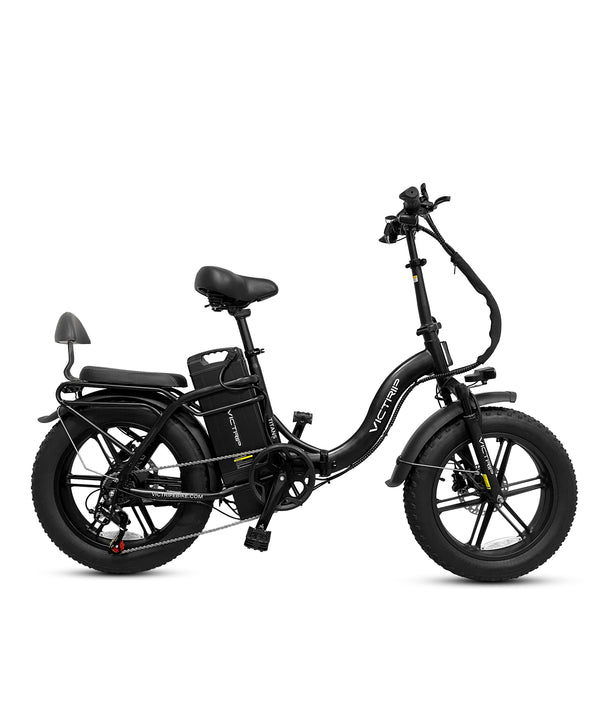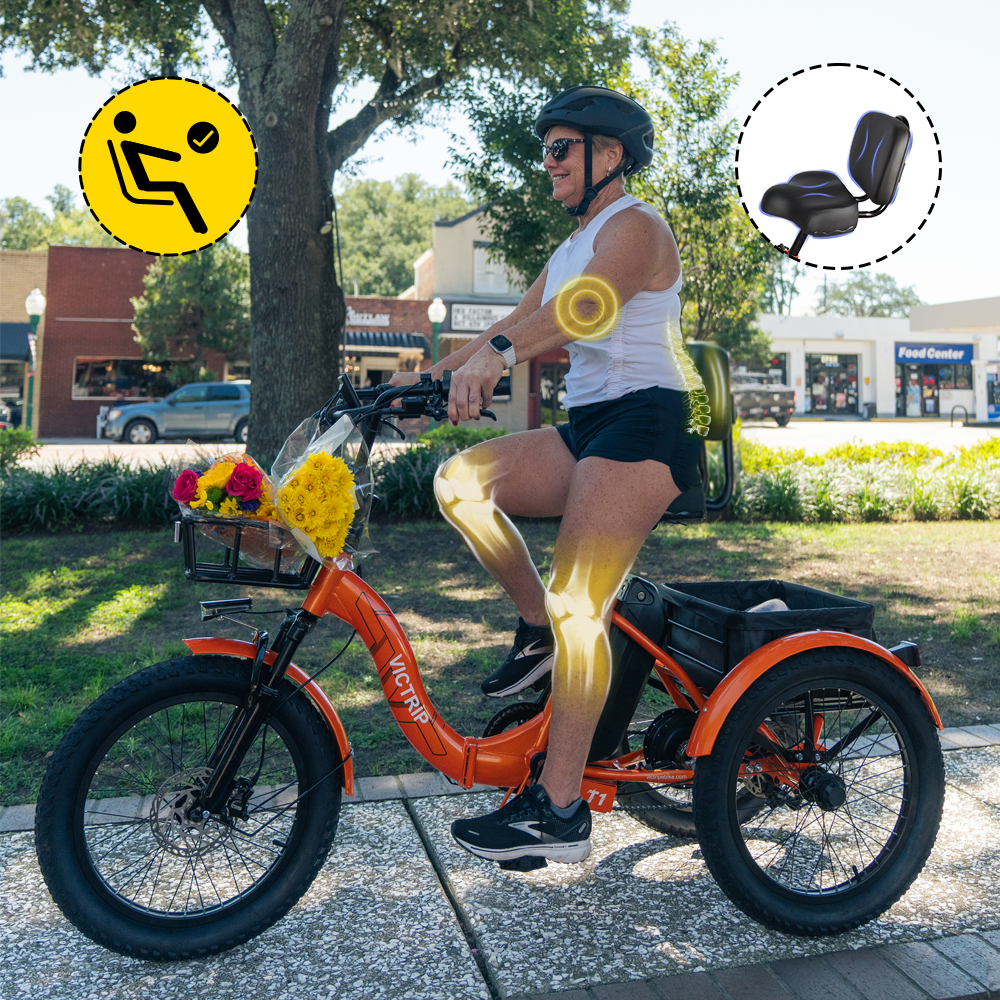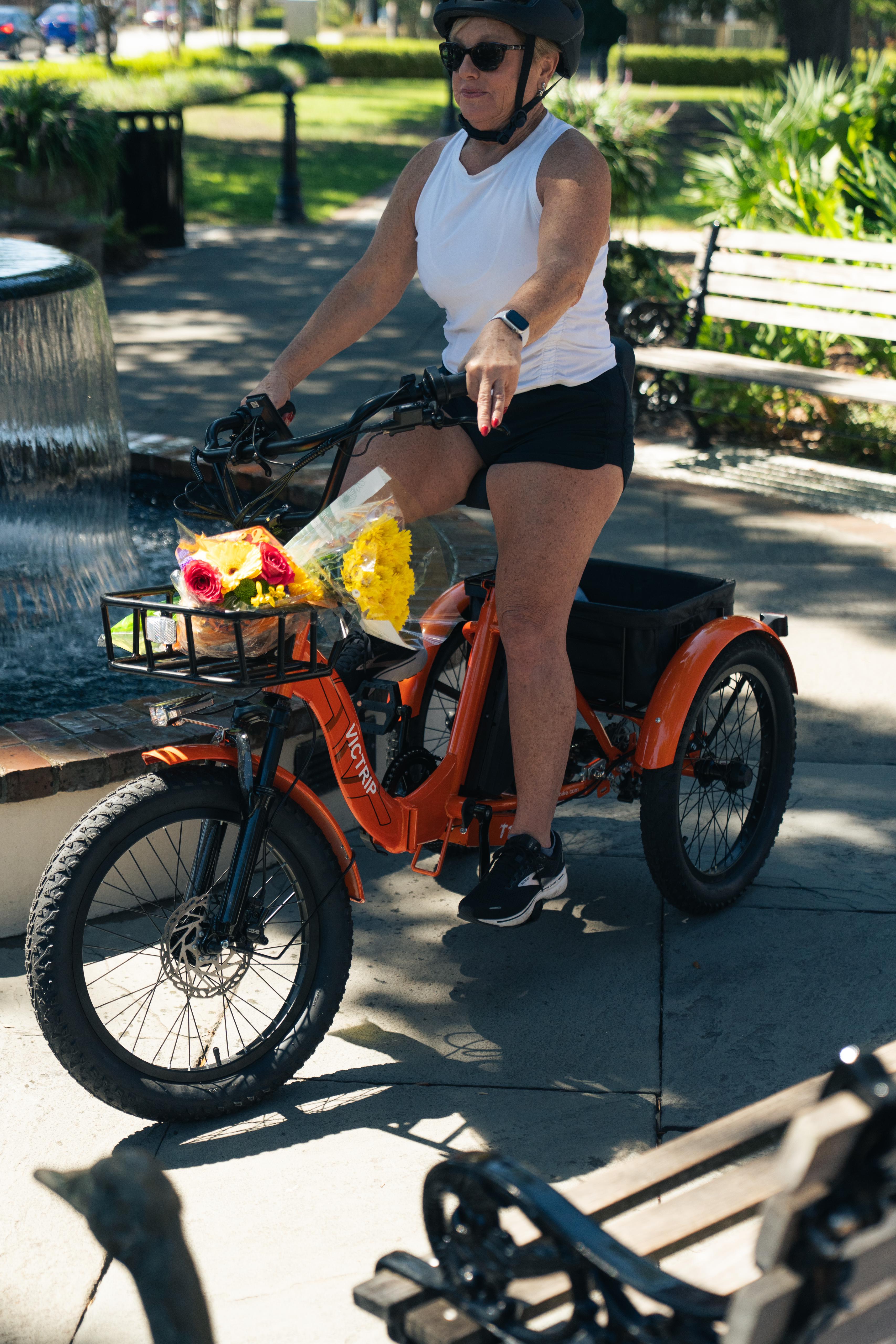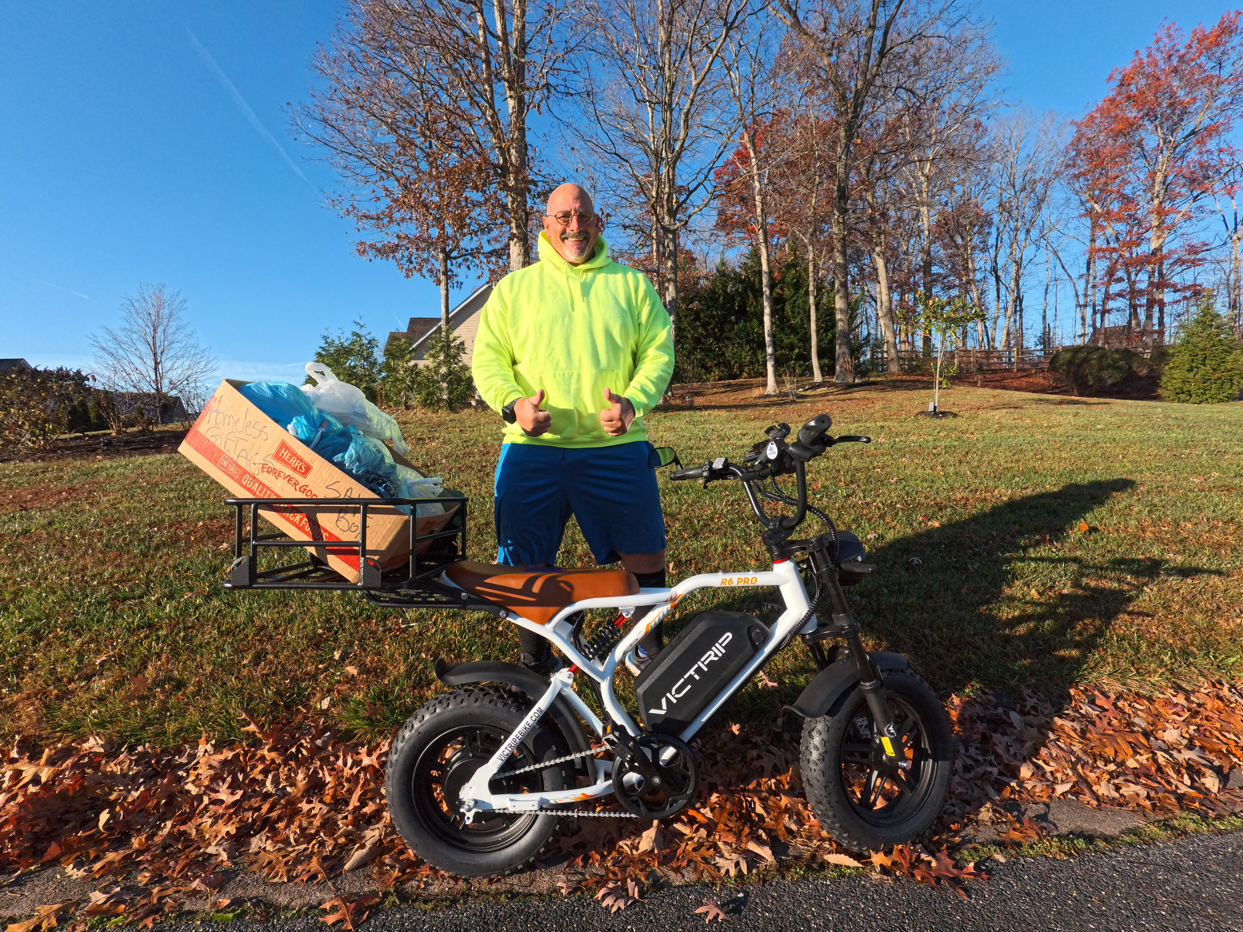
If you’ve joined the e-bike revolution, you've likely asked yourself: “Will using pedal assist help me save battery?” You're not alone—battery range anxiety is real, and nobody wants to be stuck mid-ride with a dead motor. Whether you commute daily, ride trails, or cruise for fun, stretching your battery life is always a win.
Quick Answer (Spoiler Alert)
Yes, pedal assist can save battery power, especially when used at lower levels and paired with smart riding habits. But—there’s a bit more to it than that. Let’s dig deeper.
Understanding Pedal Assist on an E-Bike
What Is Pedal Assist?
Pedal Assist System (PAS) is a technology that provides motorized support when you pedal. The motor kicks in based on your pedaling force or cadence, giving you an effortless boost without needing to twist a throttle.
Different Levels of Pedal Assist
Most e-bikes come with multiple PAS levels, typically from 1 to 5:
-
Level 1: Light assist, great for flat terrain.
-
Level 3: Balanced support and power use.
-
Level 5: Maximum boost but drains battery fastest.
Pedal Assist vs Throttle: What’s the Difference?
-
Pedal Assist = You pedal, motor assists.
-
Throttle = You don’t pedal at all, motor does all the work.
Using throttle drains the battery significantly faster. Pedal assist shares the load.
How E-Bike Batteries Work
Basics of Battery Consumption
E-bike batteries store energy (measured in Watt-hours or Wh) that powers the motor. The harder the motor works, the more juice it uses. Simple as that.
Key Factors That Drain the Battery
-
High PAS or throttle use
-
Steep inclines and rough terrain
-
Heavy riders or cargo
-
Cold weather
-
Poorly inflated tires
Battery Range and Capacity Explained
-
A 500Wh battery might give 20–70 miles of range.
-
With PAS, you’ll likely hit the higher end of that.
-
With full throttle, expect the lower end—if not less.
Does Pedal Assist Actually Save Battery?
The Science Behind Battery Efficiency
Here’s the logic: when you contribute power by pedaling, the motor doesn’t need to output as much energy. Less strain = less consumption.
Comparing Battery Use: Pedal Assist vs Throttle Only
| Mode | Battery Use | Range | Effort |
|---|---|---|---|
| Throttle Only | High | Low | None |
| Pedal Assist | Medium–Low | High | Some |
| No Assist | None | Unlimited | High |
Real-Life Examples of Energy Savings
Riders often report 30–50% longer range using lower PAS levels compared to throttle-only rides. It’s a clear case of teamwork: you + motor = more miles.
Levels of Pedal Assist and Power Consumption
Low PAS Levels (1–2): Minimal Battery Drain
Ideal for cruising or flat roads. You do most of the pedaling, motor just gives a gentle push. Great for maximizing battery life.
Medium PAS Levels (3–4): Balanced Efficiency
Good for moderate hills or longer rides. This sweet spot offers comfort without rapidly draining the battery.
High PAS Levels (5+): Speed vs Battery
High assist is like riding turbo—fun but power-hungry. Save it for hills or when you’re exhausted, not for the whole ride.
TOP PICK

VICTRIP®TITAN S Foldable Ebike
Tips to Maximize Battery Life with Pedal Assist
Choose Lower PAS When Possible
Stick to PAS 1 or 2 when terrain allows. You’ll still get help, and your battery will thank you.
Combine Human Power with Assist
Pedal harder on flat roads or downhill. Use motor help only when you really need it.
Use Regenerative Braking (If Available)
Some e-bikes can charge the battery while braking. It’s not a huge boost, but every little bit helps.
Other Ways to Save Battery Power
Tire Pressure and Terrain
Low tire pressure = more rolling resistance = higher battery drain. Keep tires inflated and avoid gravel if you can.
Avoiding Full Throttle Bursts
Sudden, aggressive acceleration guzzles energy. Ease into your speed instead.
Ride Smarter, Not Harder
Plan routes with fewer hills, stoplights, or traffic. Smooth, continuous riding saves power.
When Pedal Assist Doesn’t Save Power
Overusing Higher PAS Levels
If you set PAS to max and barely pedal, you’re essentially throttling with your legs. That’s not saving anything.
Riding Uphill Without Gearing Properly
Using PAS 5 uphill in a high gear will overwork your motor. Shift down, pedal more—save power.
The Role of the Rider’s Input
How Much YOU Pedal Matters
If you’re barely pushing the pedals, you’re not really saving energy. Put in honest effort and you’ll see the savings.
Mentality Shift: E-Bike is an Assistant, Not a Motorcycle
Think of your e-bike as a fitness partner, not a scooter. The more you help, the more miles you’ll go.
Environmental and Long-Term Benefits
Less Charging = Less Energy Waste
Charging less often means using less electricity—good for your bill and the planet.
Better Battery Health Over Time
Avoiding full discharges and heavy motor usage extends battery life. Think of PAS as a “battery diet.”
Conclusion
So, does pedal assist save battery power? Absolutely—when used wisely. The key lies in balance. Don’t just rely on the motor. Pedal, shift gears properly, avoid high PAS all the time, and ride smart. Your battery, your wallet, and your legs will all benefit.
FAQs
Can I ride without pedal assist to save even more battery?
Yes! Turning off pedal assist turns your e-bike into a regular bike. It’s the ultimate battery saver—just a tougher ride.
Does pedal assist wear out the battery faster?
Not necessarily. In fact, using moderate PAS levels is healthier for your battery than full-throttle riding.
What’s the most efficient PAS level for long rides?
Levels 2 or 3 often provide the best combo of help and efficiency, extending your range without rapid drain.
Is throttle-only riding worse for battery health?
Yes, throttle-only riding uses more power and can reduce battery life over time due to consistent high drain.
Do all e-bikes with pedal assist save energy the same way?
Nope. Efficiency depends on motor type, battery size, terrain, and how much effort you contribute.




Share:
Foldable Electric Bikes for Seniors: Safe, Stylish, and Smart
Best Foldable Electric Bikes for Teens